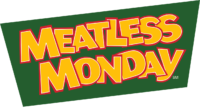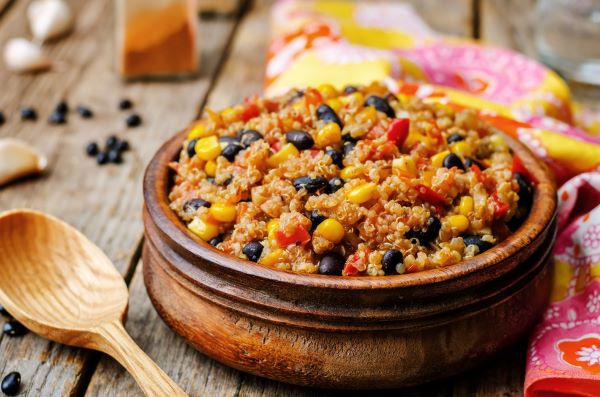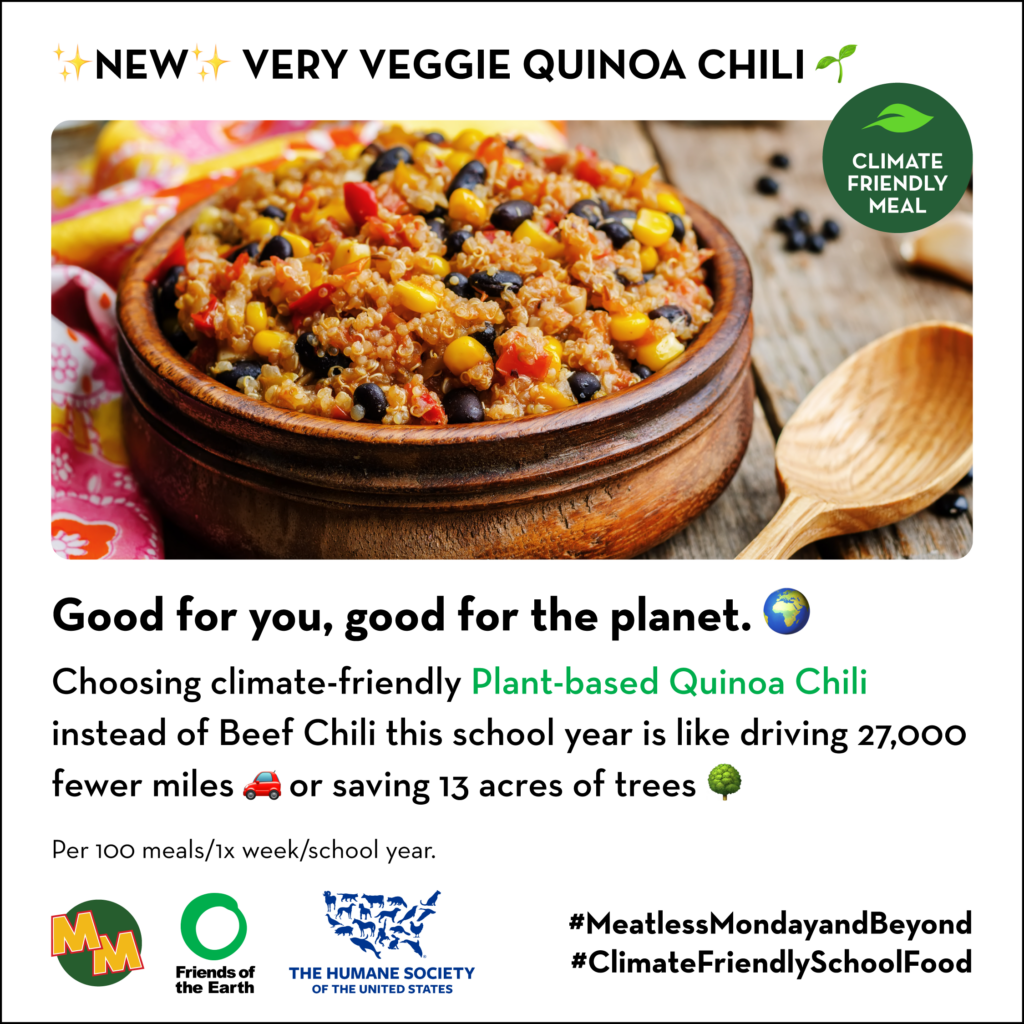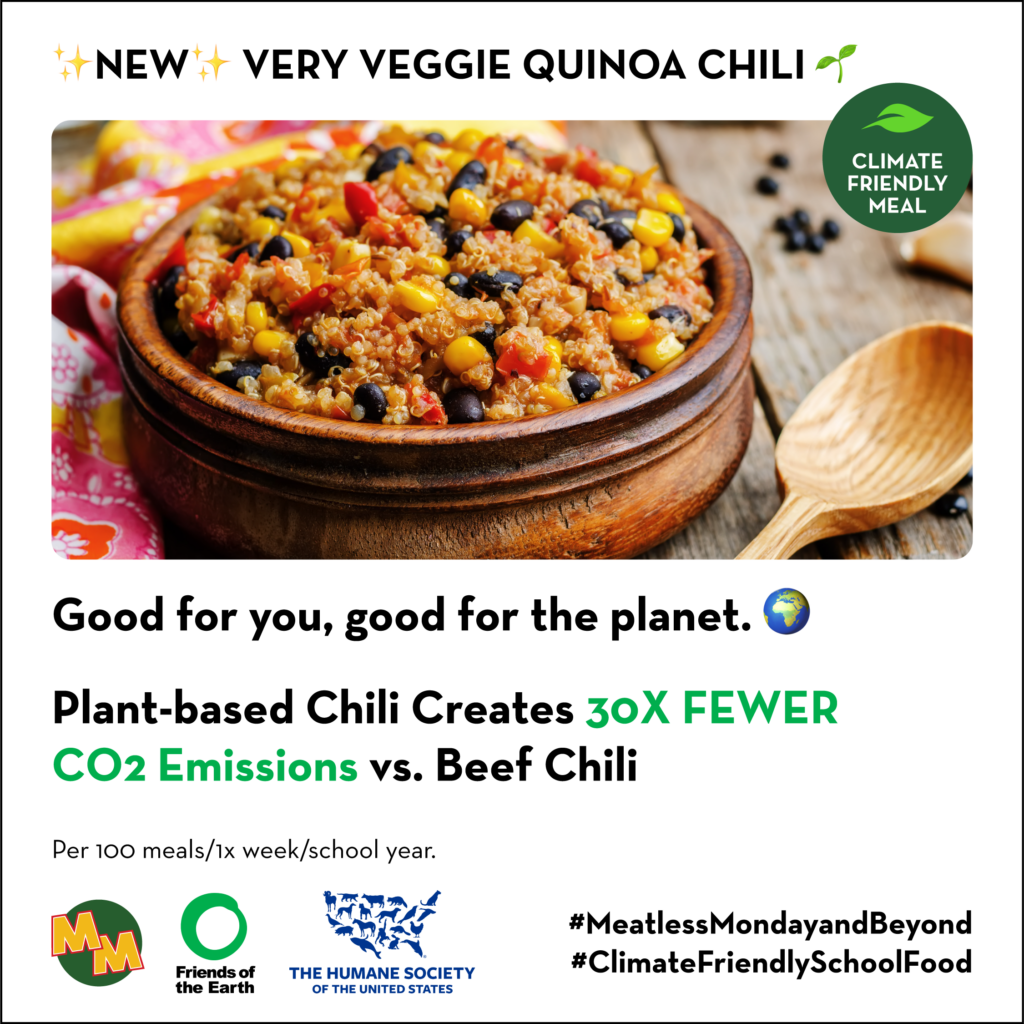Very Veggie Quinoa Chili
Get the Recipe
Marketing and Social Media Materials
Sample caption for social media, emails, or websites:
✨NEW ✨menu item: Very Veggie Quinoa Chili 🌱
This delicious climate-friendly meal is good for you AND the planet. 🌏
Click here to download hi-res graphic with logos.
Click here to download hi-res graphic without logos.
Sample caption for social media, emails, or websites:
✨NEW ✨menu item: Very Veggie Quinoa Chili 🌱
This tasty meal has 30X fewer carbon emissions vs beef chili. Good for you and the planet! 🌏
Click here to download hi-res graphic with logos.
Click here to download hi-res graphic without logos.
Very Veggie Chili with Quinoa
This recipe meets the USDA guidelines for K12 and childcare programs. It was developed by HSUS’s expert chefs and approved by HSUS’s registered dietitians. You can find this recipe below for 50 servings and for 100 servings.
Click here to view and download the PDF version of this recipe.
Process #2 – Same day service
Skill level: advanced
Servings: 50
Servings: 50
Ingredients
2 – #10 cans (1 ⅔ gallons) Tomatoes, diced, canned
1 ½ quarts Tomato paste
1 ½ gallons + 1 cup (1 ½ – #10 cans) Kidney beans, canned, drained, rinsed
1 ½ gallons + 1 cup (2 – #10 cans) Black beans, canned, drained, rinsed
2 lbs. 12 oz. (1 ½ quarts + ¼ cup) Onions, fresh, chopped
10 oz. Green peppers, fresh, diced
1 lb. Carrots, shredded
1 ¼ cups Vegetable broth, low sodium (for sweating the vegetables)
8 oz. Corn, tempered
¼ cup Salt
⅔ cup Chili powder
⅓ cup Garlic, granulated
⅓ cup Cumin
3 lbs. 2 oz. Quinoa, dry or 1 ½ gallons + 1 cup Quinoa, prepared
1 quart Water
2 cups – 1 quart Vegetable broth, low sodium (add after 30 minutes of simmering)
Servings: 100
Ingredients
4 – #10 cans (3 ⅓ gallons) Tomatoes, diced, canned
3 quarts Tomato paste
3 gallons + 1 pint (3 – #10 cans) Kidney beans, canned, drained, rinsed
3 gallons + 1 pint (4 – #10 cans) Black beans, canned, drained, rinsed
5 lbs. 8 oz. (¾ gallon + ½ cup) Onions, fresh, chopped
1 lb. 4 oz. Green peppers, fresh, diced
2 lb. Carrots, shredded
2 ½ cups Vegetable broth, low sodium (for sweating the vegetables)
1 lb. Corn, tempered
½ cup Salt
1 ⅓ cups Chili powder
⅔ cup Garlic, granulated
⅔ cup Cumin
6 lbs. 4 oz. Quinoa, dry or 3 gallons + 1 pint Quinoa, prepared
2 quarts Water
1 quart- 2 quarts Vegetable broth, low sodium (add after 30 minutes of simmering)
Preparation
HACCP – Standard Operating Procedure – Use hand washing procedures before starting recipe.
HACCP- Standard Operating Procedure- Wash all produce before starting this recipe.
- Prepare quinoa as directed on box/bag.
- Sweat onions and peppers with vegetable broth on stove top or tilt skillet for five minutes, until onions are translucent.
- Add remaining ingredients to the onion and pepper mixture. Let simmer for 30 minutes.
- After 30 minutes, stir chili and add vegetable broth one cup at a time, until desired consistency is reached. Simmer for another 30 minutes to an hour.
HACCP Critical Control Point: Heat to a temperature of 140°F for 15 seconds.
HACCP Critical Control Point: Hold at internal temperature of 135°F or above.
HACCP Critical Control Point: Reheat leftover produce to 165°F or higher; reheat product only once.
Serving information
Serve 1 ½ cups chili with one ounce corn tortilla chips, roll or cornbread.
Each chili serving provides 2 meat/meat alternates, and ½ cup red/orange vegetable, 1 ounce grain equivalent.
OR
Serve ¾ cup chili with one ounce corn tortilla chips, roll or cornbread.
Each chili serving provides 1 meat/meat alternates, and ¼ cup vegetable component and ½ ounce grain equivalent.
Nutrition information per 1 ½ cup serving
Calories: 418 Total Fat: 4g Saturated Fat: 1g Monounsaturated Fat: 1g Polyunsaturated Fat: 2g Trans Fat: 0g Cholesterol: 0mg Carbohydrate: 79g Fiber: 22g Total Sugar: 10g Protein: 22g Sodium: 780*mg Vitamin A: 156μg Vitamin C: 32mg Calcium: 166mg Iron: 9mg Folate: 254μg
*Sodium content will vary depending on products used. To decrease sodium further, replace vegetable broth with water and use reduced sodium tomato products.



